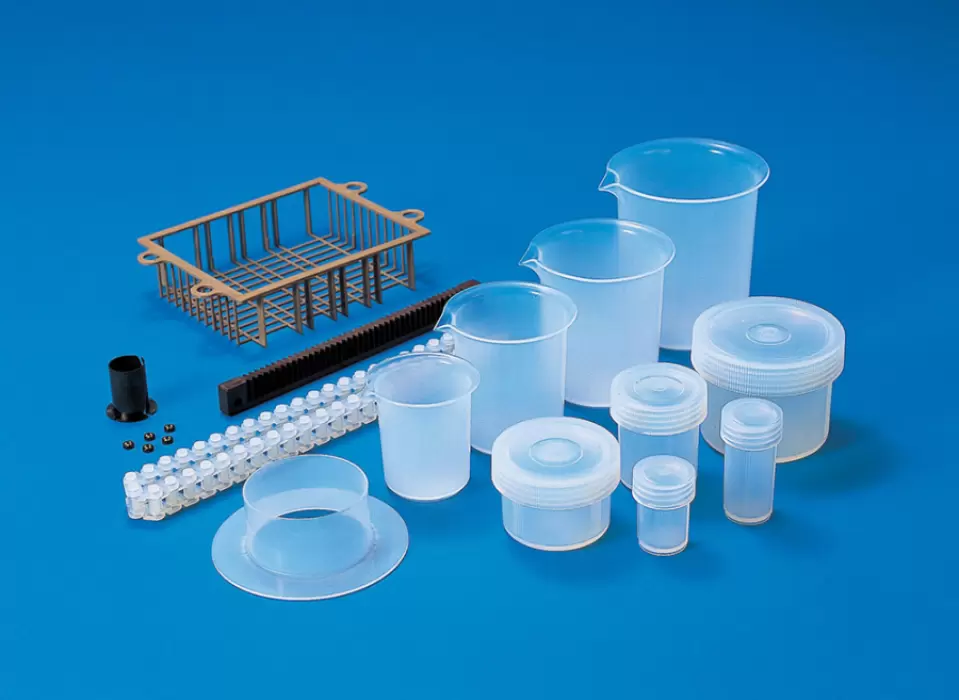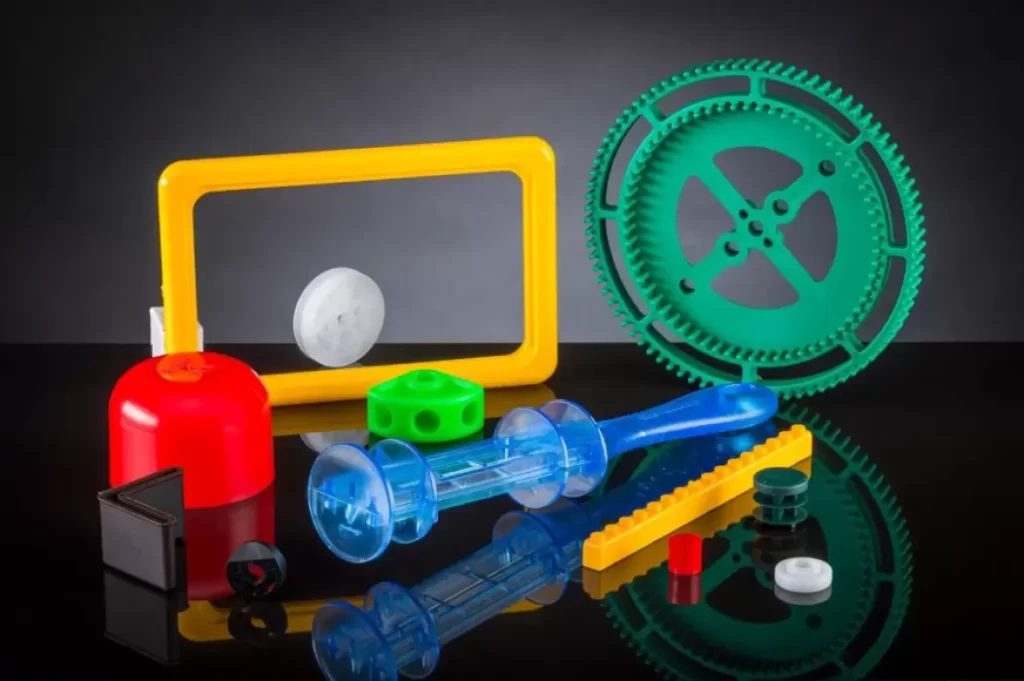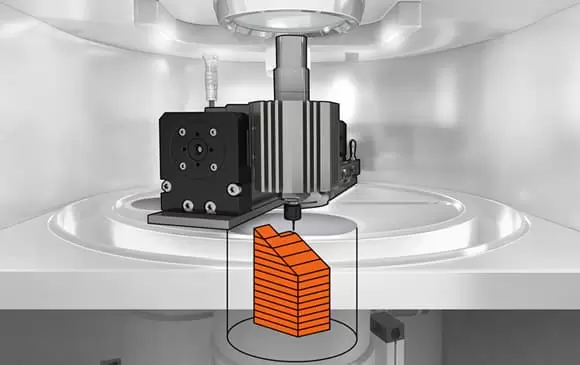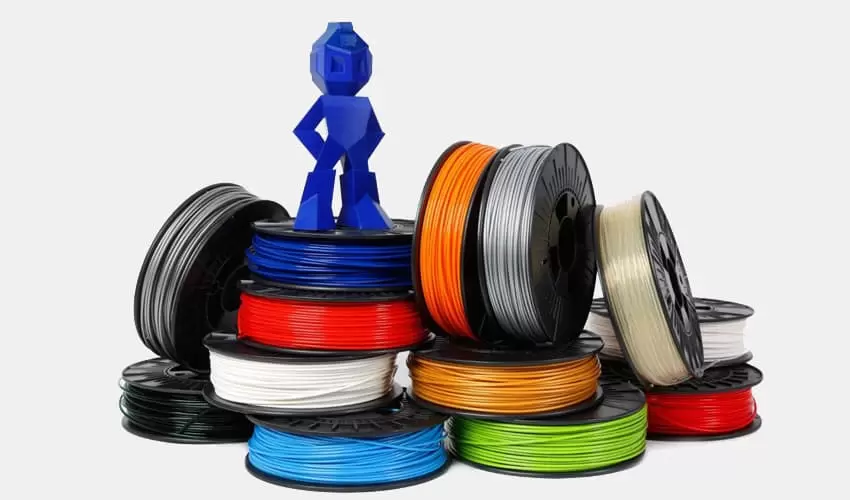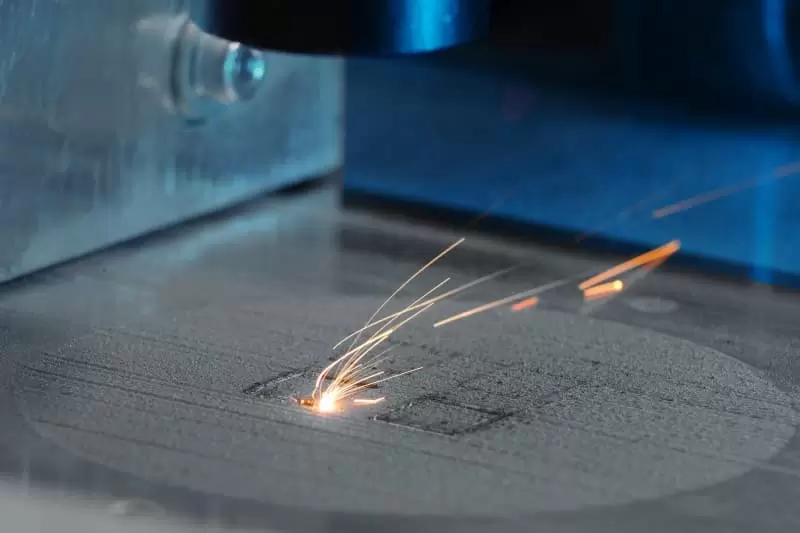Table of Contents:
- Introduction
- Common Types of Plastic Used in Injection Molding
- Factors to Consider When Choosing a Plastic Type for Injection Molding
- Conclusion
-
1. Introduction
A. Definition of Injection Molding
Injection molding is a manufacturing process used to produce a wide variety of plastic parts and products. The process involves melting plastic pellets and injecting the molten material into a mold cavity under high pressure. Once the plastic has cooled and solidified, the mold is opened, and the part is ejected.
B. Importance of Plastic Types in Injection Molding
The choice of plastic material is critical in injection molding, as it determines the properties and characteristics of the final product. Different plastic types have varying levels of strength, flexibility, durability, and heat resistance. Therefore, selecting the appropriate plastic type is crucial in ensuring that the final product meets the intended design specifications and performs optimally. In this article, we will explore the different types of plastic used in injection molding and their specific applications.
-
2. Common Types of Plastic Used in Injection Molding
A. Polyethylene (PE)
Polyethylene is a widely used plastic material due to its low cost, excellent chemical resistance, and good impact strength. It is commonly used to produce packaging materials, household products, and automotive parts.
B. Polypropylene (PP)
Polypropylene is a lightweight and durable plastic material that is resistant to heat and chemicals. It is often used to manufacture food containers, medical devices, and automotive parts.
C. Acrylonitrile Butadiene Styrene (ABS)
ABS is a thermoplastic material that is strong, impact-resistant, and heat-resistant. It is commonly used in the production of electronic housings, automotive parts, and toys.
D. Polycarbonate (PC)
Polycarbonate is a transparent plastic material that is extremely strong and impact-resistant. It is often used in the production of electronic components, automotive parts, and medical devices.
E. Nylon (PA)
Nylon is a strong and lightweight plastic material that is known for its high strength and excellent abrasion resistance. It is commonly used to produce gears, bearings, and other mechanical parts.
F. Polystyrene (PS)
Polystyrene is a rigid and lightweight plastic material that is commonly used in the production of packaging materials, disposable cutlery, and insulation.
G. Polyvinyl Chloride (PVC)
PVC is a versatile plastic material that is resistant to weathering, chemicals, and flames. It is commonly used in the production of pipes, electrical cables, and window frames.
H. Thermoplastic Elastomers (TPE)
TPE is a type of rubber-like material that is flexible and durable. It is often used in the production of automotive parts, consumer products, and medical devices.
Overall, the choice of plastic material for injection molding depends on the intended application of the final product and the specific properties and characteristics required.
-
3. Factors to Consider When Choosing a Plastic Type for Injection Molding
A. Cost
One of the most critical factors to consider when selecting a plastic type for injection molding is the cost. The cost of plastic materials varies depending on the specific type, and it can significantly impact the overall production cost. Therefore, it is important to consider the cost of the plastic material and its availability when choosing a suitable material for injection molding.
B. Properties and Characteristics
The properties and characteristics of the plastic material are crucial in determining the suitability of the material for a particular application. Factors such as strength, stiffness, flexibility, heat resistance, and chemical resistance are essential in selecting the appropriate plastic material for injection molding. The material should be able to meet the desired functional and aesthetic requirements of the final product.
C. Production Volume and Lead Time
The production volume and lead time of the final product are critical factors in determining the choice of plastic material. Certain plastic materials may be more suitable for high-volume production, while others may be more appropriate for low-volume production. It is important to consider the lead time required for production as well, as some plastic materials may have longer production times than others.
D. Environmental Impact
Environmental impact is an increasingly important factor in selecting plastic materials for injection molding. The material should be environmentally sustainable and recyclable, and it should not pose a risk to human health. It is important to consider the entire life cycle of the plastic material, from production to disposal, when assessing its environmental impact.
Overall, it is essential to consider these factors carefully when selecting a plastic material for injection molding to ensure the final product meets its intended design specifications, is cost-effective, and has a minimal environmental impact.
Click on the V1 Prototype website to gain more Plastic Injection Molding information.
-
4. Conclusion
A. Recap of Plastic Types and Their Applications
In this article, we have explored some of the most common plastic types used in injection molding, including polyethylene, polypropylene, ABS, polycarbonate, nylon, polystyrene, PVC, and TPE. We have discussed their properties, characteristics, and specific applications.
B. Importance of Selecting the Right Plastic Type for Injection Molding
Selecting the appropriate plastic material for injection molding is critical to ensure that the final product meets its intended design specifications, performs optimally, and is cost-effective. The choice of plastic material should take into account factors such as cost, properties and characteristics, production volume, lead time, and environmental impact.
In conclusion, the selection of the right plastic material is crucial to the success of injection molding, and it is essential to consider all factors carefully to ensure that the final product is of high quality, meets its intended purpose, and has minimal environmental impact.
